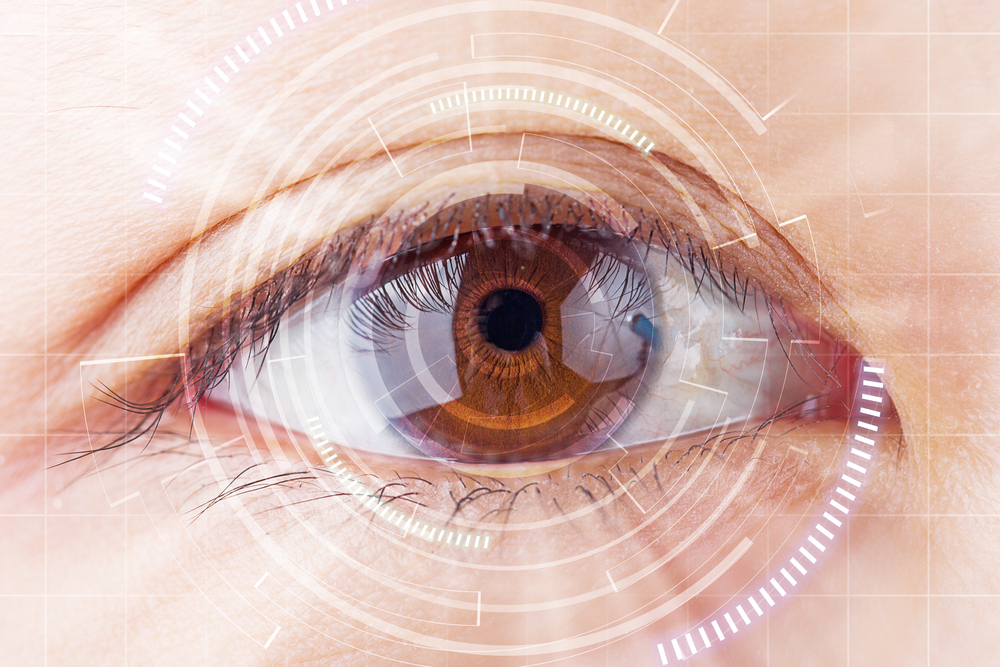A Clouded Vision: Unveiling the Three Types of Cataracts
Cataracts, a clouding of the lens inside the eye, are a prevalent age-related condition that gradually impairs vision. Understanding the different types of cataracts empowers you to recognize the symptoms and seek timely treatment if needed. This comprehensive guide delves into the three main types of cataracts, their causes, and potential treatment options.
The Window to the Soul: Understanding the Lens and Cataract Development
The lens, located behind the iris of the eye, acts like a natural camera lens. It focuses light rays onto the retina, the light-sensitive layer at the back of the eye, enabling us to see clearly. The lens is transparent in a healthy eye, allowing light to pass through effortlessly.
However, over time, protein structures within the lens can clump together, forming cloudy areas that impede light transmission. This protein build-up is the hallmark of cataracts. While aging is the most significant risk factor, other factors can contribute to cataract development:
- Genetics: Some individuals have a higher predisposition to cataracts due to family history.
- Medical Conditions: Diabetes, certain medications, and previous eye injuries can increase the risk of cataracts.
- Ultraviolet (UV) Light Exposure: Excessive exposure to UV light from the sun can accelerate cataract formation.
Distinguishing the Different Types of Cataracts: A Closer Look
Cataracts are categorized based on their location within the lens. Here’s a breakdown of the three main types:
1. Nuclear Cataracts:
- Location: Develop in the central core (nucleus) of the lens.
- Symptoms: Early symptoms might be subtle, such as blurry vision at near or distance, increased sensitivity to glare, or fading of colors. As the cataract progresses, vision can become significantly clouded, impacting daily activities.
- Progression: Nuclear cataracts typically develop slowly over years.
2. Cortical Cataracts:
- Location: Form in the cortex, the outer layer surrounding the lens nucleus.
- Symptoms: Early symptoms might include blurred or distorted vision, particularly towards the edges of the field of vision. Vision may appear foggy or hazy, with halos around lights.
- Progression: Cortical cataracts can develop at a faster pace than nuclear cataracts.
3. Posterior Subcapsular Cataracts:
- Location: Develop at the back (posterior) capsule of the lens, directly behind the pupil.
- Symptoms: Early symptoms might involve difficulty reading due to blurred vision at near distances. Glare and halos around lights can also be noticeable. As the cataract progresses, near vision can deteriorate significantly.
- Progression: Posterior subcapsular cataracts can develop rapidly, particularly in people with diabetes.
Additional Considerations:
- Congenital Cataracts: In rare cases, babies can be born with cataracts or develop them during childhood.
- Secondary Cataracts: These can develop after certain eye surgeries or due to medical conditions like diabetes.
Seeking Clarity: Diagnosis and Treatment Options for Cataracts
If you experience any vision changes consistent with cataracts, it’s crucial to schedule a comprehensive eye exam with an ophthalmologist (eye surgeon). A thorough evaluation, including vision tests and a dilated eye exam to examine the lens, will help diagnose the type and severity of cataracts.
Treatment Options:
- Cataract Surgery: The most effective treatment for cataracts is surgery. During the procedure, the clouded lens is removed and replaced with an artificial intraocular lens (IOL). Cataract surgery is a safe and common procedure with a high success rate.
- Early Intervention: While there is no medication to prevent or reverse cataracts. Early detection and treatment can help preserve vision and prevent further complications.
Lifestyle Modifications:
- Wearing sunglasses with UV protection can help reduce UV exposure and potentially slow cataract development.
- Maintaining a healthy diet rich in antioxidants might offer some protective benefits.
- Managing chronic health conditions like diabetes can help minimize the risk of cataracts and other eye-related complications.
Frequently Asked Questions (FAQ): Demystifying Cataracts
- At what age do cataracts typically develop?
Cataracts are most common in older adults, generally affecting people over 60. However, they can develop at any age due to various risk factors.
- Will I need surgery for both eyes if I have cataracts in one eye?
Cataracts often develop in both eyes, but not necessarily at the same pace. Surgery is only needed on the eye with vision impairment that significantly impacts daily life.
- What are the recovery expectations after cataract surgery?
Cataract surgery is typically an outpatient procedure with a relatively quick recovery time. Most people experience improved vision within a few days. However, some blurryness or discomfort is normal for a short period. Your ophthalmologist will provide detailed instructions for post-operative care, including medications and eye drops.
- What are the potential risks associated with cataract surgery?
As with any surgery, there are potential risks associated with cataract surgery, although they are relatively rare. These risks include infection, bleeding, and swelling. Your ophthalmologist will discuss these risks in detail during your consultation.






More Stories
Is there a lifetime limit on epidural steroid injection?
What is Section 20 of the Motor Accident Insurance Act (Queensland)?
Where to Watch USMNT vs Jamaica National Football Team